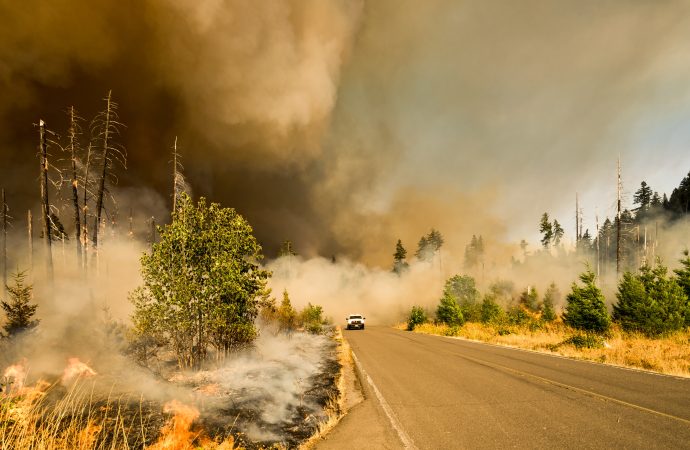I can help you with that. Here’s an article on “In Harm’s Way: The Perils of Building Homes in Fire-Prone Areas”. Living in a fire-prone area comes with a set of inherent risks. Wildfires are a natural occurrence in many parts of the world, and with climate change exacerbating the problem, they’re becoming more frequent
I can help you with that. Here’s an article on “In Harm’s Way: The Perils of Building Homes in Fire-Prone Areas”.
Living in a fire-prone area comes with a set of inherent risks. Wildfires are a natural occurrence in many parts of the world, and with climate change exacerbating the problem, they’re becoming more frequent and intense. However, despite the potential danger, people continue to build homes in areas at high risk of wildfires, putting themselves and their property in harm’s way.
One reason for this trend is the attraction of living in nature, with the allure of beautiful scenery and the peaceful surroundings that many fire-prone areas offer. But when it comes to building in these areas, there are many factors that should be taken into account. For example, building codes and regulations may not be stringent enough to address the risks of wildfire. In some areas, local officials may even be more interested in promoting development than in mitigating wildfire risks.
The risks of living in fire-prone areas are real, and they can be devastating. In 2018, the Camp Fire in Northern California destroyed more than 18,000 structures, including homes, businesses, and other buildings. The fire claimed the lives of at least 85 people and caused an estimated $16.5 billion in damage. In 2020, the West Coast experienced one of its worst wildfire seasons on record, with millions of acres burned and countless homes destroyed.
Despite these risks, people continue to build in fire-prone areas. Some homeowners are aware of the dangers but choose to take the risk, while others may not be fully informed about the risks they’re taking on. Whatever the reason, the consequences of living in a fire-prone area can be dire.
However, there are steps that can be taken to reduce the risks of wildfire in these areas. One important factor is creating defensible space around homes, which involves removing brush and other flammable vegetation from the property. Homeowners can also take steps to harden their homes, such as using fire-resistant materials in construction and installing tempered glass windows.
There are also policy solutions that can help mitigate the risks of wildfire. For example, local governments can enact stricter building codes and regulations in fire-prone areas. Insurance companies can also play a role by providing incentives for homeowners to take steps to reduce their wildfire risks, such as by offering discounts for homes with fire-resistant materials.
Ultimately, the decision to build a home in a fire-prone area is a personal one, but it’s important for homeowners to be aware of the risks they’re taking on. By taking steps to reduce the risks of wildfire, both on an individual and policy level, we can help protect homes, property, and lives from the devastating effects of these natural disasters.

















Leave a Comment
Your email address will not be published. Required fields are marked with *